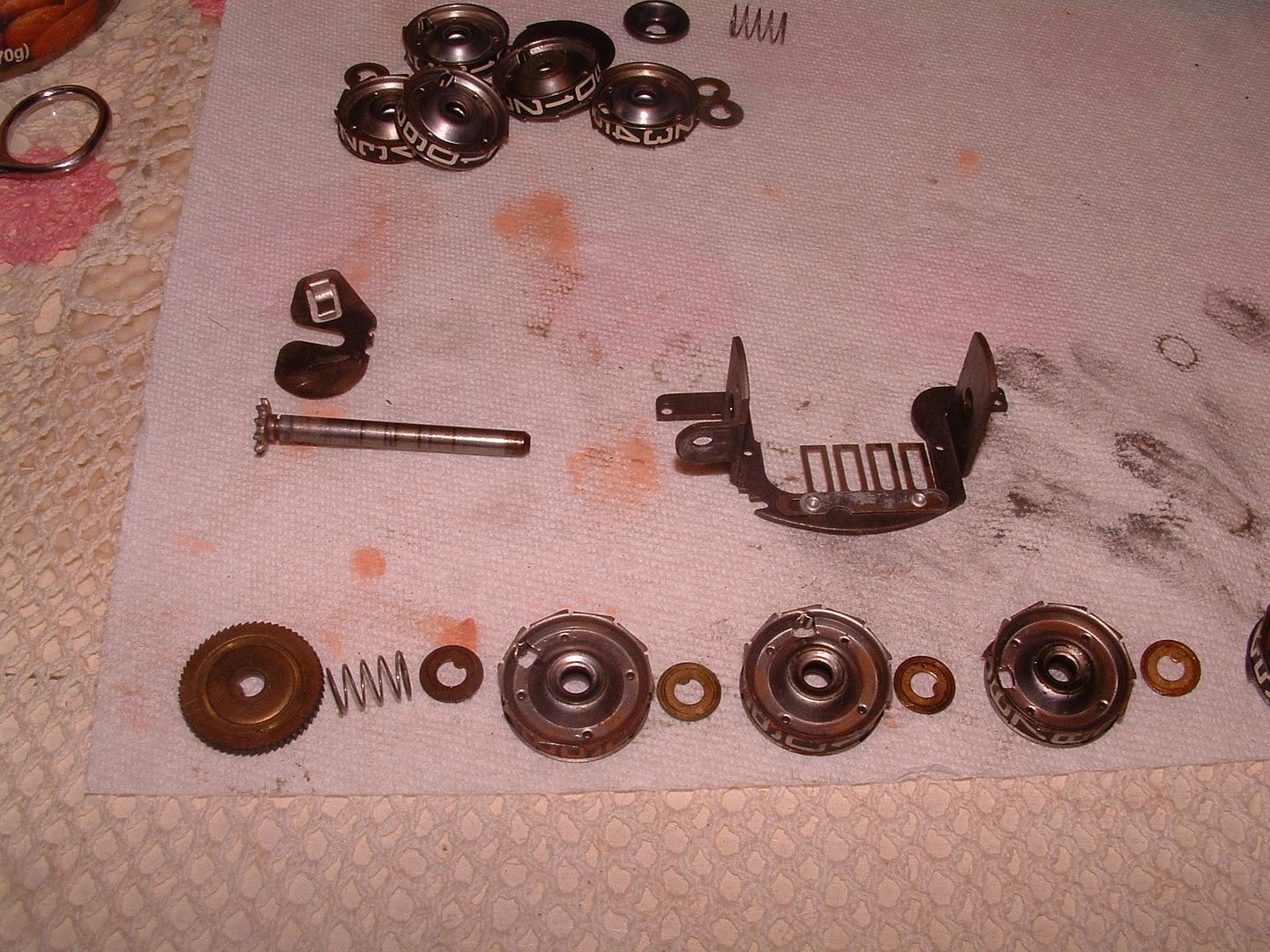My speedo died. Found the drive shaft through the angle drive had sheared. Replaced the angle drive, cable, and gauge. The plastic drive gear inside the transmission (pinion gear?) appeared to be OK so I did not replaced it. On the test drive I noticed that the gauge needle would bounce above the actual speed, more so as the speed increased - at 40 to 60 MPH, maybe 5 to 10 MPH above actual speed. Any ideas?
Bob
Bob

 Hi Guest!
Hi Guest!

 smilie in place of the real @
smilie in place of the real @
 Pretty Please - add it to our Events forum(s) and add to the calendar! >>
Pretty Please - add it to our Events forum(s) and add to the calendar! >> 


